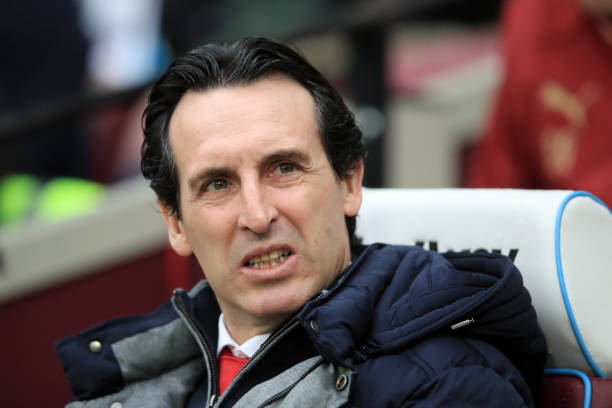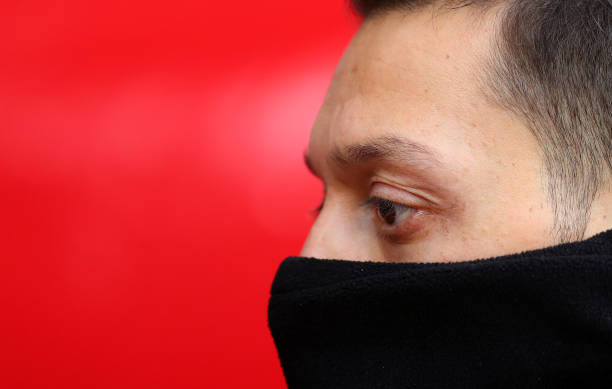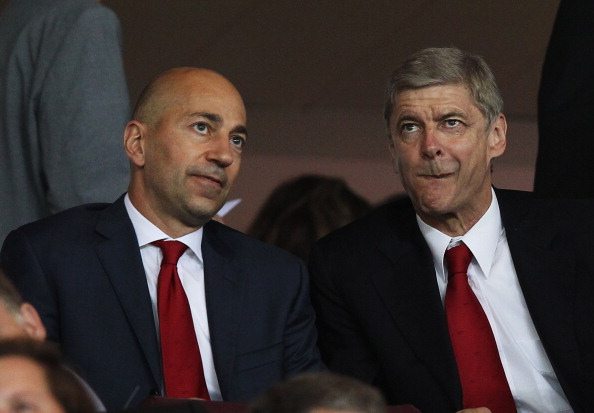Despite being one the best run clubs in the country for the majority of the last century, under the watch of Ivan Gazidis, Arsenal seriously dropped the ball at exactly the wrong time.
The rules

Having written at length about the state of the Arsenal first team squad and the commensurate need for investment, I’ve seen and heard a lot of comment about how the Liverpool game and the rush for fourth may encourage Stan Kroenke to spend some of the Wall-Mart billions.
Unfortunately, I’m here to give everyone a reality check. And not just the obvious one about Silent Stan’s reluctance to spend. The fact is, even if KSE wanted to go full Abramovich or Sheikh Mansour, it simply isn’t possible, due to regulations that govern football clubs in the Premier League.
Apologies to readers who know this, but most Arsenal fans, and indeed football fans as a whole, don’t.
You see, while Uefa’s FFP has shown itself as toothless and corruptible as you’d expect given the nature of that governing body, the Premier League’s version, Short Term Cost Controls (STCC), has shown itself to have a little more teeth, although typically in ways that benefit some parties more than others.
Perhaps intended to work in tandem with UEFA’s model that deals with overall spending vs income, the EPL version is rather more specific. The Premier League recognised that it was wage inflation rather than transfer fee inflation that was posing the greater risk to the stability of football clubs – just ask Leeds United, Q.P.R and Sunderland fans. The recently implemented regulations (which into effect in 2016/17) seek to stop these spiralling out of control, particularly against the backdrop of TV money accelerating the increase in player wages. These regulations were also influenced by the consistent proof that at all but the obscene levels of transfer expenditure, it is the amounts of money spent on wages rather than on initial signings that has the greater correlation with league position.
Accordingly, rules were introduced to put a cap on increases in wage expenditure, in a manner that attempted to be fair across the board.
This was laid out in a number of ways:
- STCC rules only apply to clubs with an annual wage bill of more than £67m (including salaries, bonuses and image rights).
- Using the previous year’s wage bill as a baseline (unless the club wishes to use 2012/13 season – which almost none do given how much wages have increased), these clubs cannot raise wages by more than £7m per annum (or a set figure if using the 2012/13 baseline that stood at £19m in 2016).
- These rules are directly related to centralised TV revenue distribution. So, if a club demonstrates its wage increases are financed by its ‘own revenue’, they can add to this £7m a year limit.
- ‘Own revenue’ includes player sales, commercial/sponsorship deals, match day income and UEFA & domestic prize distributions.
At a first glance, this all seems eminently sensible. If you are well managed, you should do better on the pitch, and as a result, generate more commercial revenue, match day income and prize money. Being well managed off the pitch should increase player sales revenue and other commercial income. As such, it is a very sensible model.
The problem is, these rules were introduced after the horse bolted in terms of encouraging a level playing field and preventing the abuse of the league’s competitive structure by vast owner financial input, thus inflating wage figures. By finally realising that the ‘greed is good’ mantra has its dangers even with the billions pumping into top-flight English football, the Premier League has cemented the new hierarchy formed by the uber-spenders of recent years.
3Spend, Spend, Spend

Since the summer that concluded in that Mesut Ozil moment, Arsenal have spent £378m on transfer fees. While these outgoings pale in into insignificance compared with the two Manchester clubs, and are still behind Chelsea and Liverpool, no-one can accuse the club hierarchy of not investing in the squad. The real issue has been that said money has not been spent with any coherent squad building process taking place and, with a few exceptions, with precious few ‘excellent value for money’ signings.
We could argue that we got the best years of Alexis Sanchez’s career, and that Cech, Lacazette, Aubameyang and Xhaka are sort of on-par for the fees paid. Rob Holding appears to be well on the way to proving a real bargain. That’s about it. Indeed the fact that no convincing defensive midfielders were signed during those five years and that we failed to find a real partner for Laurent Koscielny, despite spending nearly £400m, shows what a complete failure of recruitment the club has undergone in that time.
That explains the why the team hasn’t been challenging despite significantly out-spending Spurs.
However, it is only one part of the problem.

